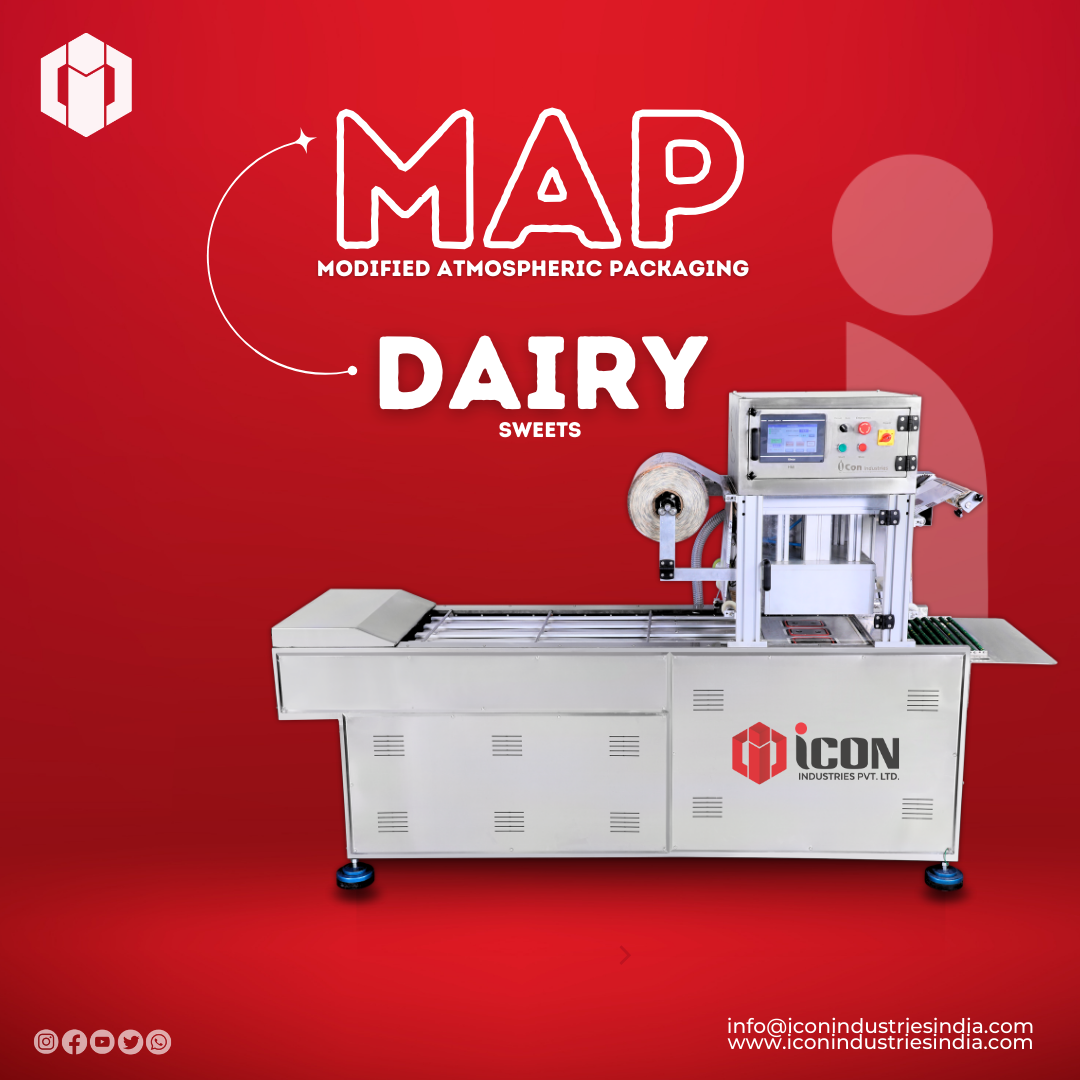Optimizing Shelf Life in the Dairy Sector: The Impact of MAP Technology

In the ever-evolving landscape of the dairy industry, ensuring the longevity of products on the shelf is crucial for both producers and consumers. One key technological advancement that has significantly influenced shelf life is Modified Atmosphere Packaging (MAP). This innovative approach to packaging has transformed the way dairy products are stored, transported, and ultimately, enjoyed.
Understanding Modified Atmosphere Packaging (MAP):
MAP technology involves altering the composition of the air surrounding a product inside the packaging to extend its shelf life. In the dairy sector, this means creating an environment that slows down the deterioration processes, such as oxidation and microbial growth, thereby preserving the freshness and quality of the products.
Enhanced Preservation of Freshness:
Dairy products are particularly susceptible to spoilage due to their perishable nature. MAP technology mitigates this challenge by customizing the gas composition within the packaging to create an optimal environment. By reducing oxygen levels and adjusting the balance of gases like nitrogen and carbon dioxide, MAP minimizes the oxidation of dairy fats and proteins, extending the product's freshness.
Microbial Control for Quality Assurance:
Controlling microbial activity is critical in maintaining the safety and quality of dairy products. MAP technology creates an atmosphere that inhibits the growth of spoilage microorganisms and pathogens, ensuring that consumers receive dairy items free from contamination. This not only enhances the safety of the products but also contributes to minimizing food waste.
Prolonging Nutritional Integrity:
MAP doesn't just extend shelf life; it also helps preserve the nutritional content of dairy products. The reduced exposure to oxygen slows down the degradation of vitamins and other sensitive nutrients. This means that consumers can enjoy dairy items with retained nutritional value for a more extended period.
Environmental Sustainability:
Apart from its impact on shelf life, MAP technology aligns with sustainability goals in the dairy sector. By preventing premature spoilage, it contributes to the reduction of food waste, a significant environmental concern. This aligns with the industry's commitment to promoting eco-friendly practices and responsible consumption.
Challenges and Considerations:
While MAP technology offers numerous benefits, its implementation requires careful consideration. Factors such as the specific dairy product, packaging materials, and distribution processes play a crucial role in determining the most effective MAP strategy. Additionally, collaboration between packaging manufacturers, dairy producers, and retailers is essential to ensure seamless integration.
Conclusion:
In the dynamic world of the dairy sector, the use of MAP technology has emerged as a game-changer in enhancing shelf life, preserving quality, and promoting sustainability. As the industry continues to embrace innovation, the thoughtful application of MAP technology stands as a testament to the commitment of dairy stakeholders to deliver products that not only meet but exceed consumer expectations for freshness and quality.
